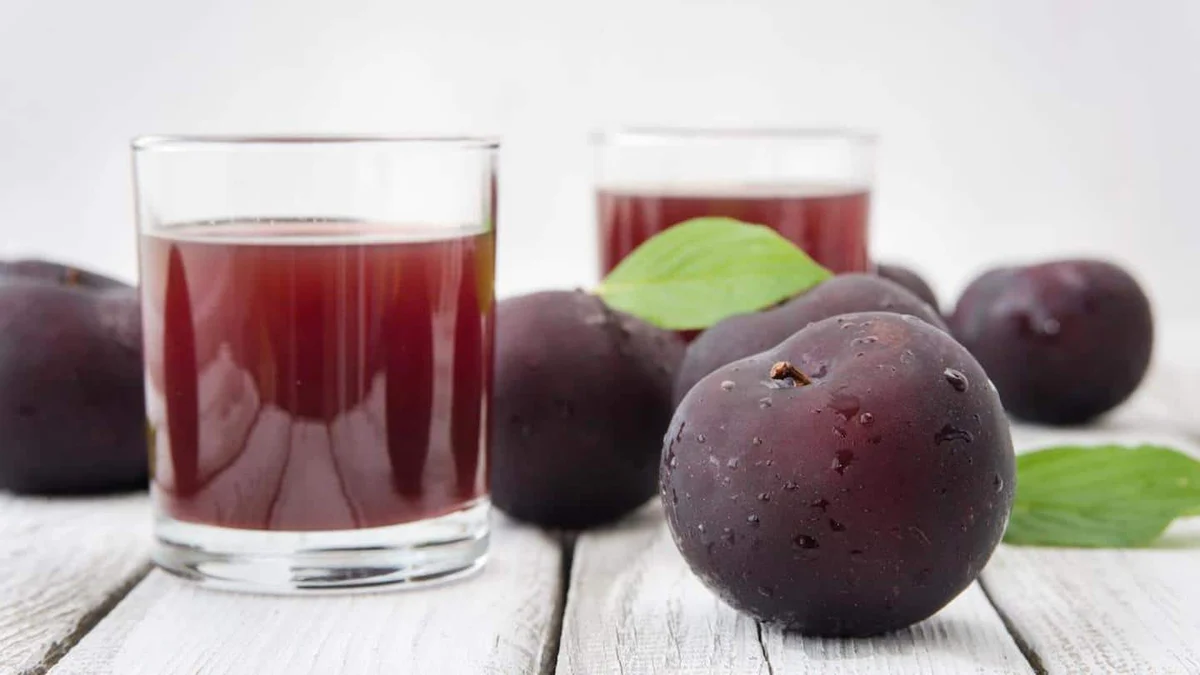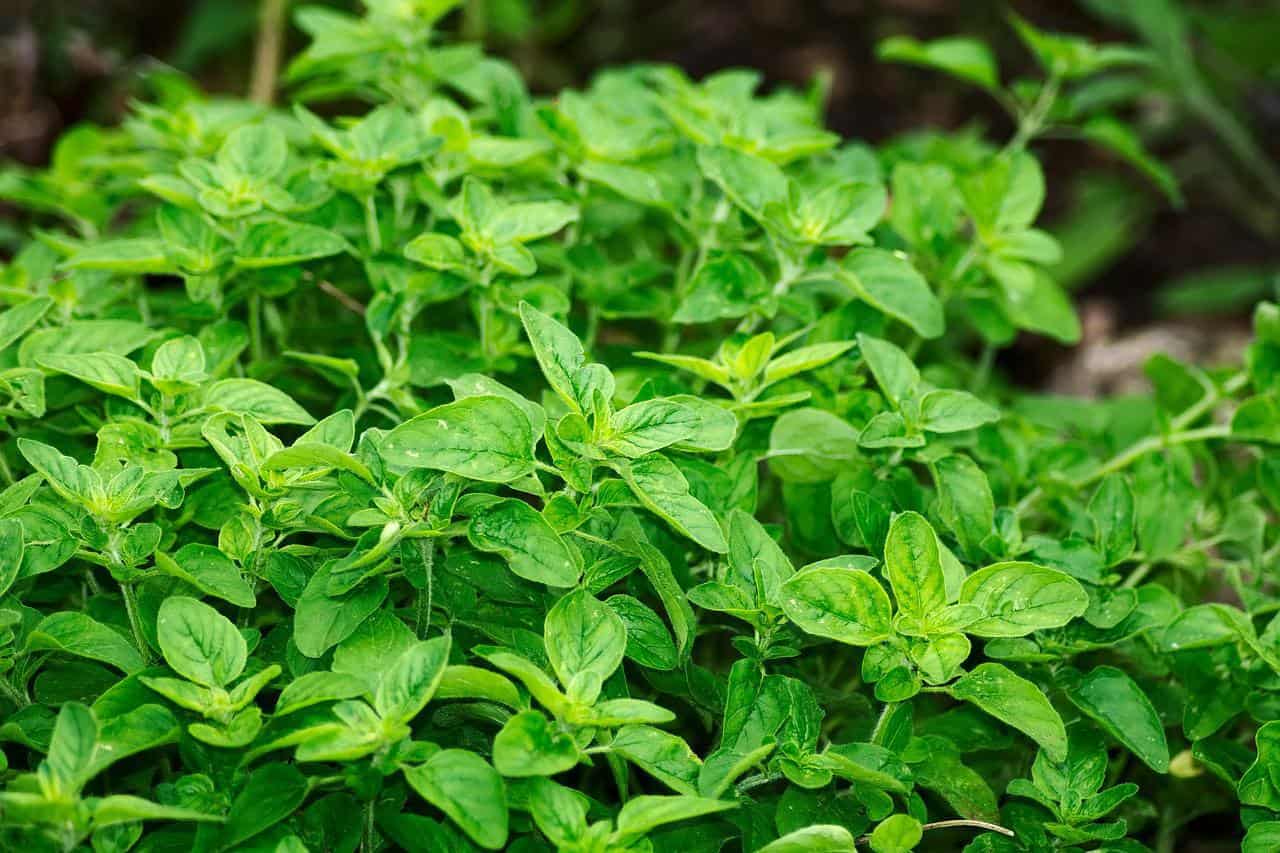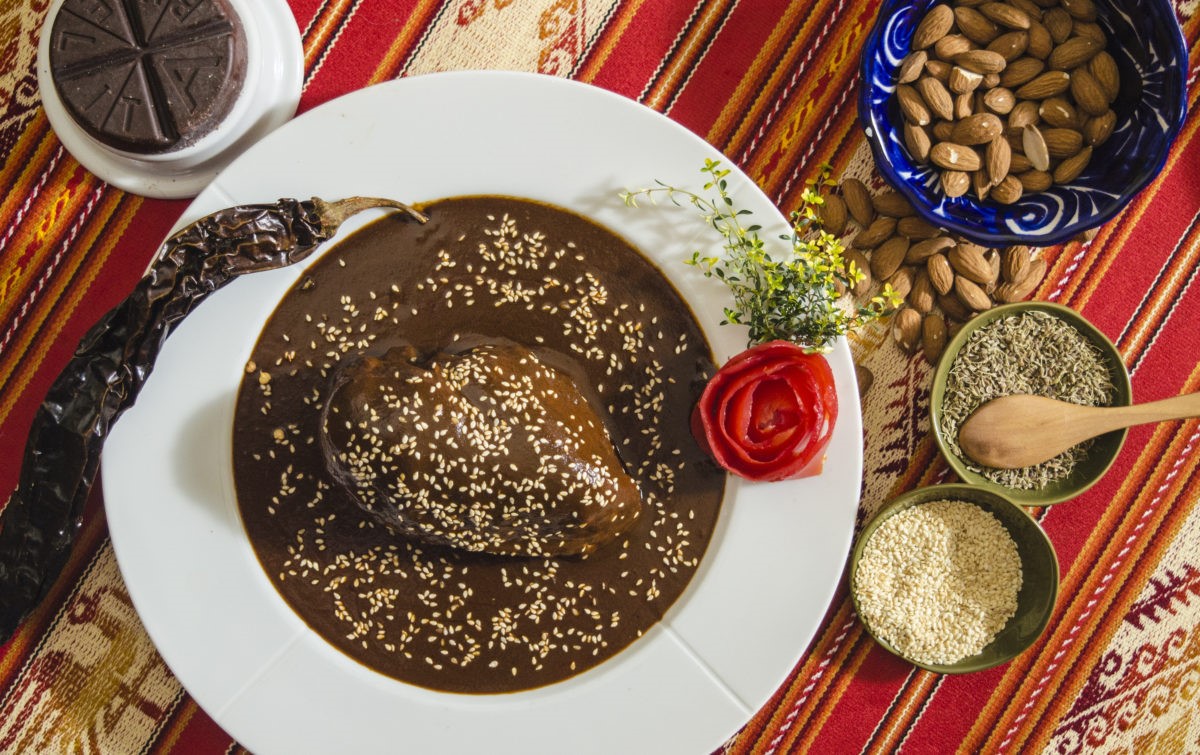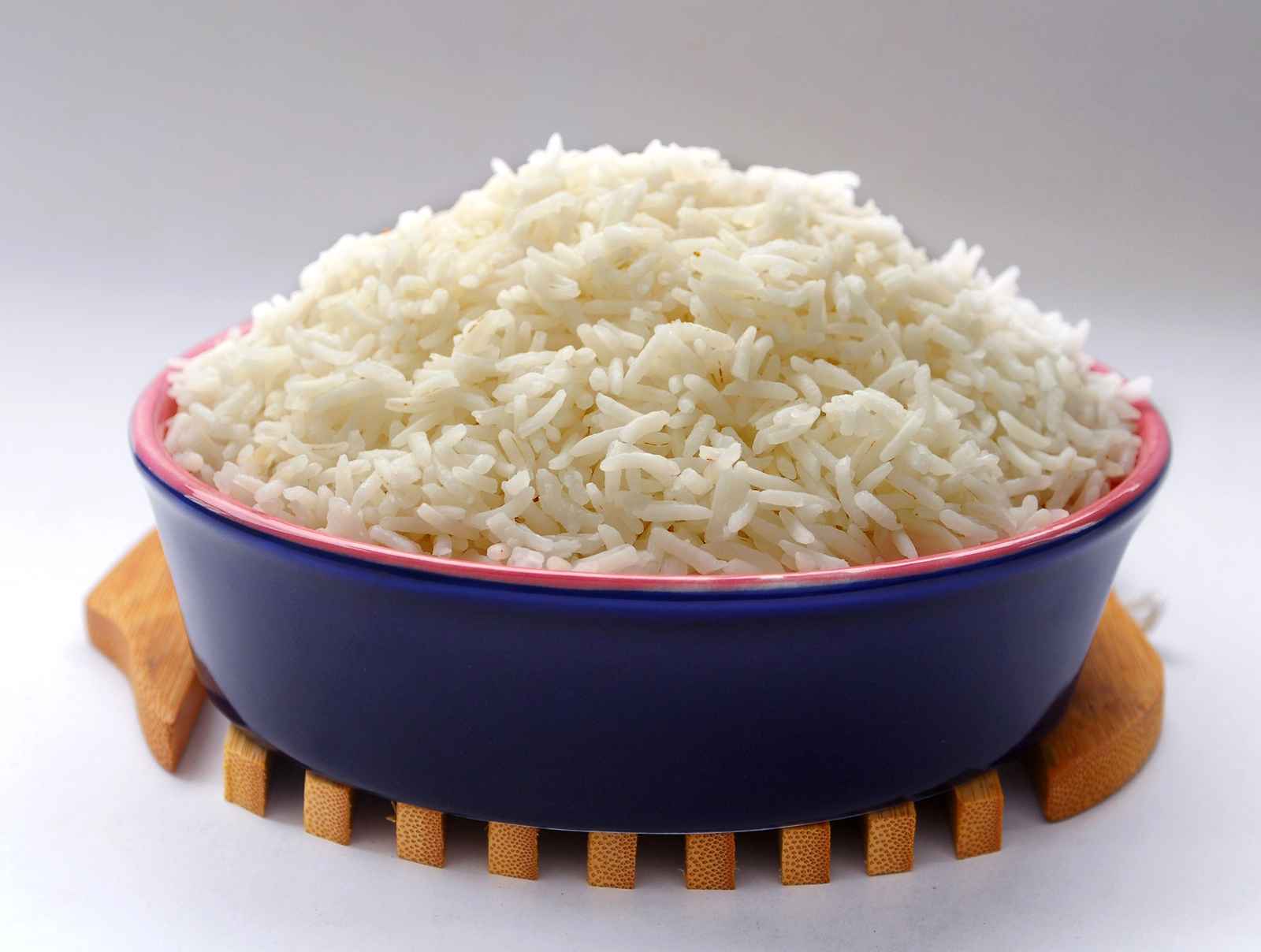Discovering the Delightful Palmito
Have you ever heard of palmito? If not, you’re in for a treat! Palmito, also known as heart of palm, is a delicious and nutritious vegetable that comes from the inner core of certain types of palm trees. It is a popular ingredient in many Latin American and Southeast Asian cuisines, prized for its delicate flavor and crunchy texture.
What Does Palmito Taste Like?
Palmito has a mild, slightly sweet flavor with a tender yet crunchy texture. It is often compared to artichokes or asparagus, making it a versatile ingredient that can be used in a variety of dishes.
Health Benefits of Palmito
Palmito is not only delicious but also packed with nutrients. It is low in calories and fat, making it a great addition to a healthy diet. It is also a good source of fiber, potassium, and vitamin C, making it beneficial for heart health and digestion.
Ways to Enjoy Palmito
There are numerous ways to enjoy palmito, whether it’s in salads, soups, or as a standalone side dish. Here are some popular ways to incorporate palmito into your meals:
- Palmito Salad: Toss thinly sliced palmito with fresh greens, cherry tomatoes, and a zesty vinaigrette for a refreshing and nutritious salad.
- Palmito Dip: Blend palmito with Greek yogurt, garlic, and herbs to create a creamy and flavorful dip for crackers or vegetable sticks.
- Palmito Ceviche: Combine diced palmito with lime juice, red onions, and cilantro for a refreshing and tangy ceviche that’s perfect for a light appetizer.
- Palmito Stir-Fry: Add sliced palmito to a stir-fry with colorful vegetables and your choice of protein for a quick and healthy meal.
Where to Find Palmito
Fresh palmito can be found in specialty markets or gourmet food stores, especially in regions where palm trees are grown. It is also available in canned or jarred forms, making it more accessible for home cooks who want to experiment with this unique ingredient.
Conclusion
Palmito is a versatile and delicious vegetable that adds a unique touch to any dish. Whether you’re a fan of trying new ingredients or looking to add more variety to your meals, palmito is definitely worth exploring. With its delicate flavor, crunchy texture, and numerous health benefits, it’s no wonder that palmito has become a beloved ingredient in cuisines around the world.
So, why not give palmito a try and elevate your culinary creations with this delightful and nutritious vegetable?
Was this page helpful?
Read Next: What Is Lugaw











